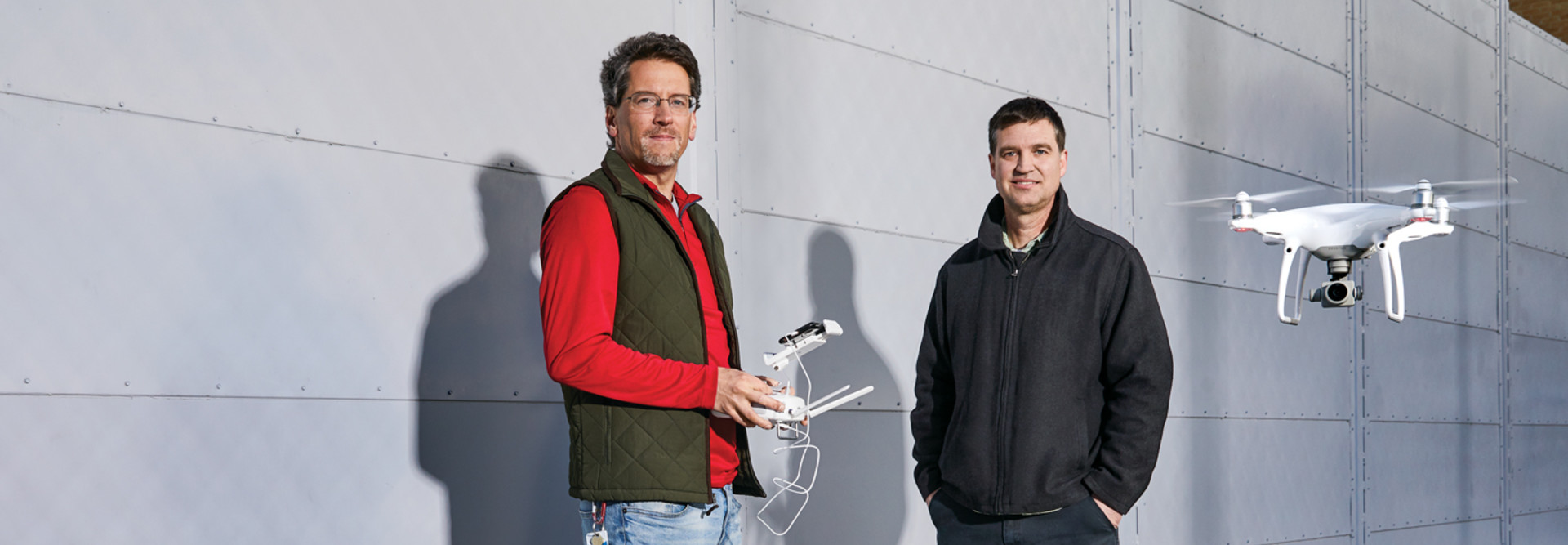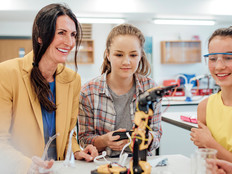Many districts now use drones as an educational tool, as part of a current classroom curriculum, such as computer programming, or in specific courses covering drone technology that prepare students for jobs in the fast-growing, multibillion-dollar industry.
As companies such as Amazon and UPS prepare for autonomous drone package deliveries, public safety organizations and various industries —including agriculture, construction, entertainment and oil and gas — have also upped their use of unmanned aerial vehicles.
Drones armed with cameras and special sensors can inspect oil refineries and detect damaged equipment, for example. Drones in schools expose students to potential jobs in the fast-growing drone industry or a broader career in aviation. Besides becoming a pilot, they could look at jobs in programming, design, engineering, mechanics and data analysis.
“Students get exposed to the rigors of piloting an unmanned aircraft, and can decide if they want to continue to pursue a career in aviation,” says Nick Morrison, co-founder and chief pilot at Advanced Aerial Education, a drone training company in Anchorage, Alaska. AAE has developed a curriculum for schools and trains teachers.
PRODUCT REVIEW: DJI Phantom 4 Pro+ Enables to Unique Film Production for Students.
Strategies for Teaching Drones in K–12
Most districts invest in low-cost, entry-level drones that can be easily repaired. Some higher-end commercial drones that include cameras allow students to take aerial photos and video as they gain experience with drone technology.
CSSD11’s Career and Technical Education Department purchased more than 20 beginner drones for about $100 apiece for each of its Flight and Space programs at North Middle School and Coronado High School. The district also bought several higher-end DJI Phantom 4 drones equipped with 4K cameras.
Sevits and Steele, who were trained by AAE, teach their students to fly with entry-level drones because they are affordable and because students are required to control them manually with handheld controllers at all times.












